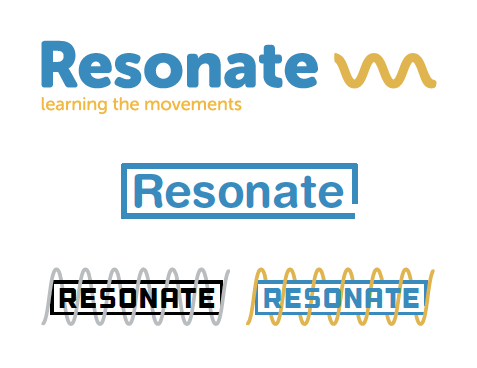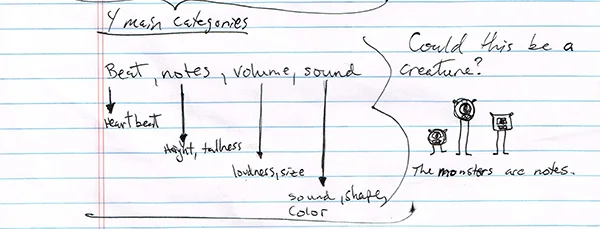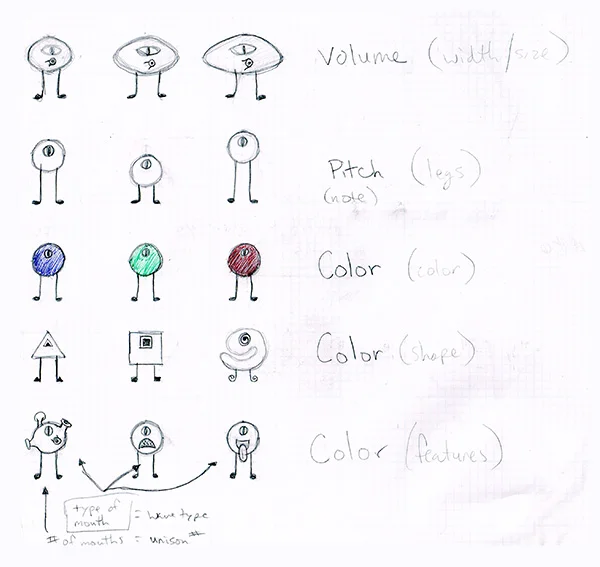RESEARCH
My initial research focused on my interest in music and music creation. Over the past six or so years I have taken to creating electronic music as a hobby. Since it seemed rare for people to pursue this interest, I wanted to see what could be changed to encourage children to get involved with electronic music. Since the earliest children start learning piano at around six years old, I decided to focus on students in first and second grade. Through my research I discovered that the biggest issue was the act of creation, regardless of musical content. Children simply are not given ample opportunity to compose their own music.
“Teaching music without having children compose would be like teaching art without having children draw or paint, or teaching writing by having children copy other people’s work.”
I decided to design the the application for iPad, although the concept involved a system in which this could be run in a browser as well. The reason for this was to allow the tool to be used by as many students as possible; especially those in lower-income neighborhoods.
DESIGN
The first name I toyed with was Resonate. Besides the fact that resonation is an aspect of sound and music, I felt that the engagement with music would resonate with children throughout their whole life. Unfortunately my early designs were sterile and uninviting. I needed something more engaging for children.
After some brainstorming, sketching, and interviewing music teachers, I had a revelation. Characters—or at least something animated—would help the students better engage with the content and get them excited about composing.
With the change in visual direction, I felt the need to change the name as well to match the content. Monster Music, Belly Bellows and Cave Crooners were among the ideas I had, but ultimately I settled with Freakwency (after figuring out a way to spell the monstrosity). This is a combination of freaks and frequency (freaks in reference to the monsters and frequency as an aspect of sound).
The logomark uses Futura because of its geometric nature. The monsters are modeled with simple shapes—most notably circles—and I wanted the logomark to reflect this. Their mouths are designed to mimic the shape and sound of each of the four basic electronic sound waveforms, while their color represents their base octave. Blue for low, green for the mid-range, and yellow for high (if this terminology is lost on you, basically the blue is bass, the yellow is treble, and the green is somewhere in the middle).
I created a cave for the monsters to live and sing. The space was a good fit because I could use the tiering of the rock as tracks for each "instrument" (monster), and it gave me an excuse to include reverberation into the sound, creating a fuller sound. This was important because of the simple electronic waveforms, which can sound somewhat sterile. Below is one of the first cave designs and then the final version.
With an emphasis on composition and electronic music, I opted to use a "piano-roll" style interface, which is used in most professional digital audio workstations (DAWs) and is similar to a musical staff. In this case, the monsters are the notes.
MUSIC
The music and sounds were created using FL Studio 11, which I have been using for about 7 years. I created a simple melody that was fun and childish, using the same simple waveforms as the monsters in the app. The drums are sampled from a free sample library of real drums, although these had effects applied to them to change their sound.
“After silence, that which comes closest to expressing the inexpressible is music.”









